The FIFA Club World Cup has been around for a while, but it was in this just concluded extended format that continents actually clashed like it was really meant to be.
It really was a battle of the world as clubs from different continents went head to head on multiple occasions, in the battle for supremacy.
Europe came out on top and justified the status they have been placed by football’s governing body, as the best footballing planet in the world as it boasted three of the four semi-finalists and the two finalists.
Nevertheless, other countries, most notably Brazil, showed the stuff they are made of, and refreshed our memories of just how elite the country was in football, while at the same time displaying glimpse of what is to come in the future.
From the domination of UEFA to the brilliance of Brazilians, here is the noticable highlights of a tournament where clubs from federation really collided for the first time in history.
First Place | UEFA did not disappoint
If anyone thinks it debatable that FIFA always give more room to European clubs and countries when it comes to global tournaments, then the concluded event in the United States should be enough to shut them up.
Amidst the adverse conditions, European clubs dominated the tournament, even though some of their heavyweights gave up early as it was an unfamiliar period of the year for them to be engaged at elite competitions.
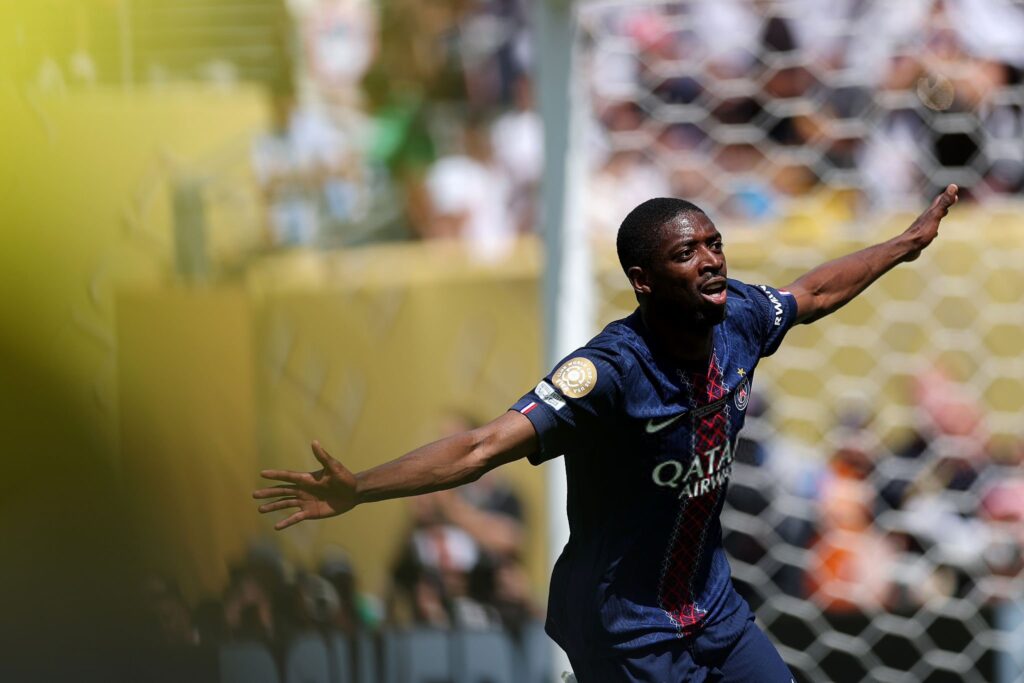
Yes, maybe teams from other continents have played more games at this time of the year, but many of these are playing at their regular periods. It wasn’t their holiday period of the year. Not the same can be said of European clubs.
Coming from the climax of their respective seasons and going into a more difficult tournament in an entirely different yet difficult environment is not easy. And if there’s a consolation for the likes of Atlético Madrid and Inter, who departed when least expected, it is these facts were setting out.
A tournament made up of 32 team, with 37.5 percent (12) entrants from European counties, only three failed to reach the knockout rounds and only in Group A did no European team progress, as FC Porto disappointingly finished third.
The Portuguese club, alongside Salzburg, represented Europe’s biggest disappointment in the tournament, although the latter showed more promise, and their qualification was complicated by Real Madrid’s failure to beat At Hilal.
Atlético Madrid also disappointingly crash out in the group stages, although Diego Simeone’s charge accumulated six points, as many as both PSG and Botafogo RJ, who took the two slots into the round of 16.
In the knockout rounds, only Inter and Manchester City, beaten by Palmeiras and Al Hilal respectively, are the only UEFA clubs to be beaten by non European clubs.
The quarter-finals was made up by five European teams, none of which was beaten by non European clubs as three reached the semi-finals, and were joined by Fluminense.
In the end, Chelsea and PSG progressed to the final, setting up a first-ever FIFA Club World Cup final to be contested between clubs from the same federation.The performance and overall the tournament just showed how dominant European teams are in global football.

This dominance also extended to the statistics. Manchester City, Chelsea, Real Madrid, PSG and Bayern Munich completed the top five on average ratings, while the top ten also featured Inter and Atlético Madrid.
They make nine of the top ten on average goals per match with only Fluminense the odds one on the list placed seventh. Six of them also feature in the top 10 for average possession and only they show in the top three.
PSG and Chelsea boast the most clean sheets with five and four respectively, while the duo also top the list for the average least goals conceded per game.
They displayed the most entertaining football, won the most games, scored the most goals and had the best impressions. And these are not because they had the most number of entrants, because even on average, they continue to lead the way.
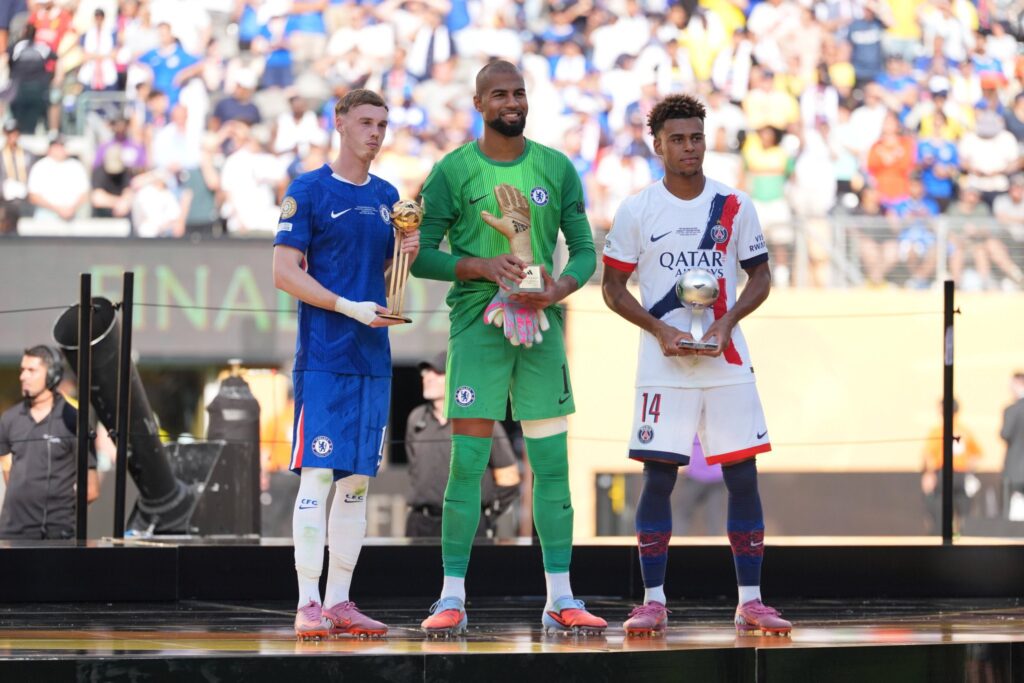
Cole Palmer emerged as the best player. Désire Doue the best young player and Robert Sanchez the best Goalkeeper. All individuals from European clubs.
Second Place | Brazilian Brilliance
It was that specially specialized, it was that impressive and refreshing that the brilliance of Brazilian teams we have chosen not to generalize with their brethren from CONMEBOL.
No country in Europe had that much pedigree to execute what Brazil have done yet in the first edition of the revamped Club World Cup. Even in the future, it will be difficult for any nation to replicate such incredible achievement.
Four entrants from the country, the maximum any nation can ever have in the competition as long as this format is maintained. Brazil met the only condition to have as many representatives, which says a lot about not only their dominance in South America, but as well their competitive league.
Four clubs of theirs, Flamengo, Palmeiras, Botafogo RJ and Fluminense, each won one of the last four Copa Libertadores title, the premiere club continental competition in South America.
Incredibly, all four progressed into the round of 16, despite some having European heavyweights in their group. Botafogo’s qualified for the knockout stage in a group of PSG and Atlético Madrid, beating the European champions along the way.

Flamengo toppled a group that housed the eventual champions, Chelsea, before losing out to Bayern Munich in an epic round of 16 clash.
Palmeiras also toppled their group, beat compatriot Botafogo in the round of 16 before an unfortunate own goal late on condemned them to a quarter-final defeat to eventual champions, Chelsea. Fluminense reached the semi-finals, where they lost 2-0 to Chelsea, after beating Inter and then Al Hilal in previous rounds.
Interestingly, no team from other continent beat Brazilian clubs except those in Europe, while their combined wins against Chelsea, PSG, and Inter will linger long in memory.
They are second only to European teams in statistics. Flamengo and Fluminense ranked in the top 15 for goals per game, in a list otherwise dominated by European clubs.
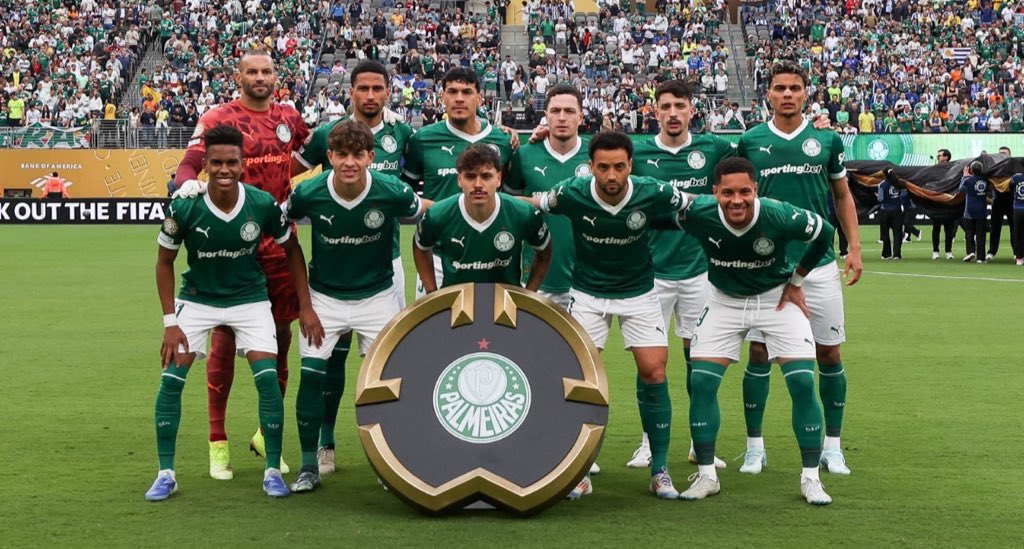
Palmeiras, Botafogo and Fluminense are joint third for least average goals conceded per game, while both Palmeiras and Fluminense are also joint third for most clean sheets.
Third Place | Saudi Sensational
There is a sentimental narrative in the Cristiano Ronaldo fanbase, that it is difficult for him to compete and win titles in Saudi Arabia given the strength of their main rival, Al Hilal. Turns out that was not farther from the truth.
Even with the fresh appointment of a new manager, the Saudi giants held their own in the most prestigious club competition. They turned up against Real Madrid in their group opener, secured passage into the knockout rounds, where they beat Manchester City to secure their place in the quarters.
Although they eventually lost out to Fluminense, Al Hilal made their presence felt, ranks in the top six for average rating, top 11 for average goals per match, nineth for least goals conceded per match, and nineth for touches in opposition box.
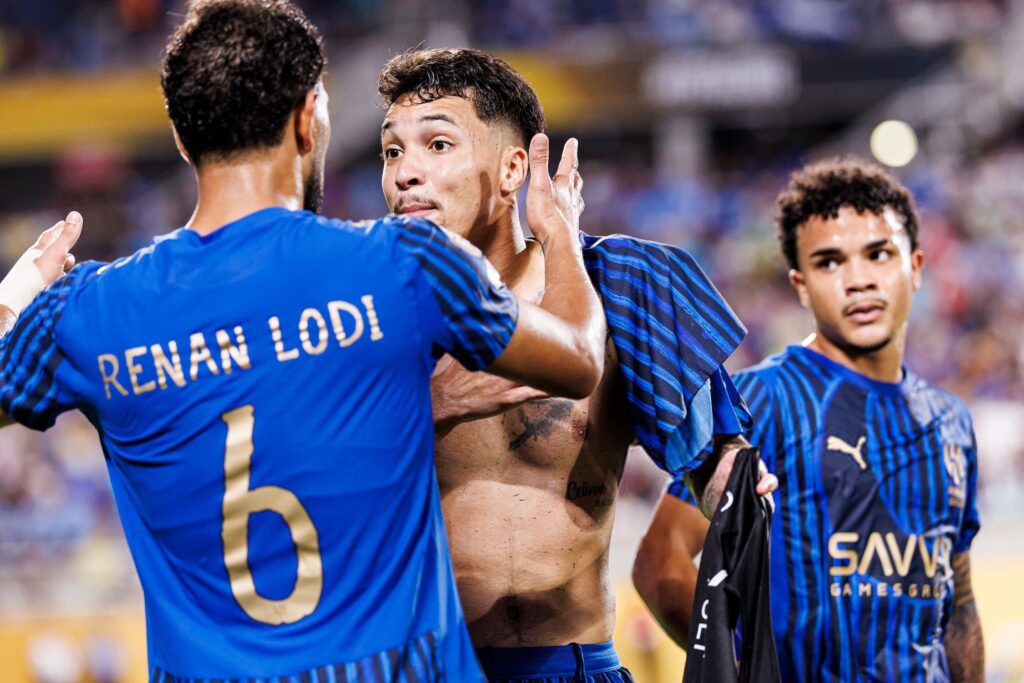
In addition, only four teams have more than their three clean sheets.
The Disappointing Federations
One of the intention of the FIFA Club World Cup is to give Federations chances to prove themselves in a wider scope. More representation, even those that would not have made it for a start.
In the end, while the objective was achieved, there are Federations who left a lot to be desired, failed spectacularly, and exit the tournament with numbers not good enough to write home about.
First on our list? Auckland City FC
Yes, they made away with one point from their final group game against Boca Juniors, but the OFC champions had been completely embarrassed and exited the tournament before that very game.
As though a 10-0 loss to Bayern in their first game, which sets a new record for the heaviest defeat in the competition’s history was not enough, they were thrashed 6-0 in their second game, conceding a total of 17 games after one more in their final game.
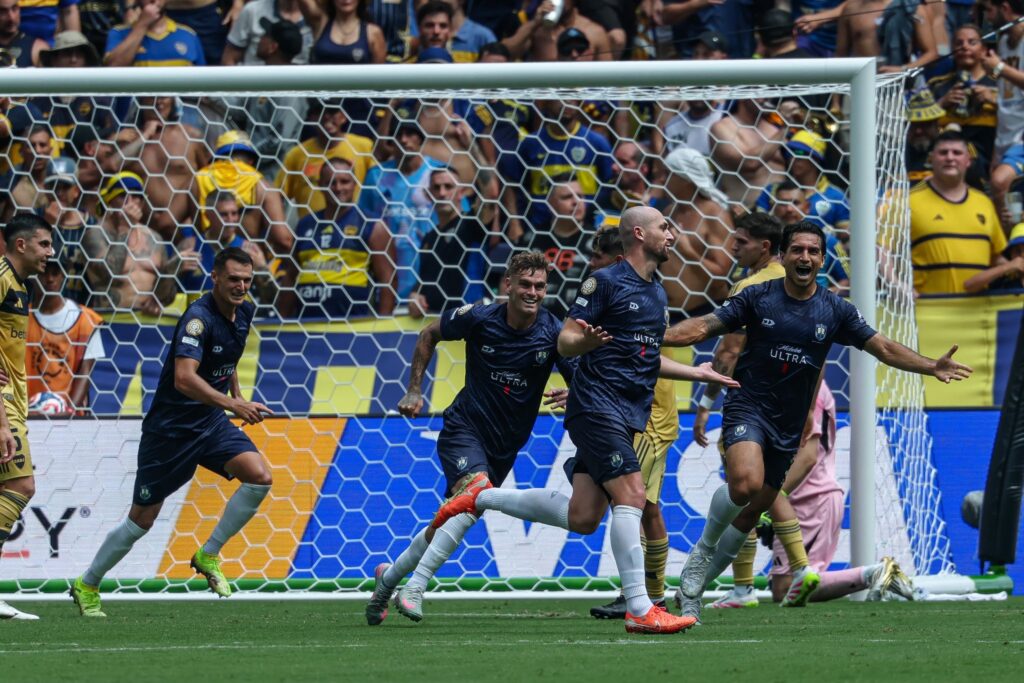
It was an outing to forget for the only side to parade two manager, with both Paul Posa and Ivan Vicelich both taking charge in the United States.
They also occupy the least positions in the positive statistics and the ranks highest in the negative statistics. Despite not playing more than three games, Auckland City, on average, ranks least for, goals scored, rating, possession, expected goals, shot on target, and more.
They created zero big chance, had 16, least, touches in the opposition box, conceded the biggest expected goals, which is outrageous given they played three games, while their goalkeeper average nine saves per game, despite letting 17 into the back of the net.
They were underwhelming. Very very underwhelming.
At Number Two Are Argentina Teams
With two representatives, Argentina was the only other South American country aside Brazil taking part in the tournament — in their flag bearers, Boca Juniors and River Plate.
Unfortunately, neither made it past the group stages. Despite winning their first game, River Plate failed to secure qualification due to their failure to beat Monterey, who finished with one more than their four points to claim second spot.
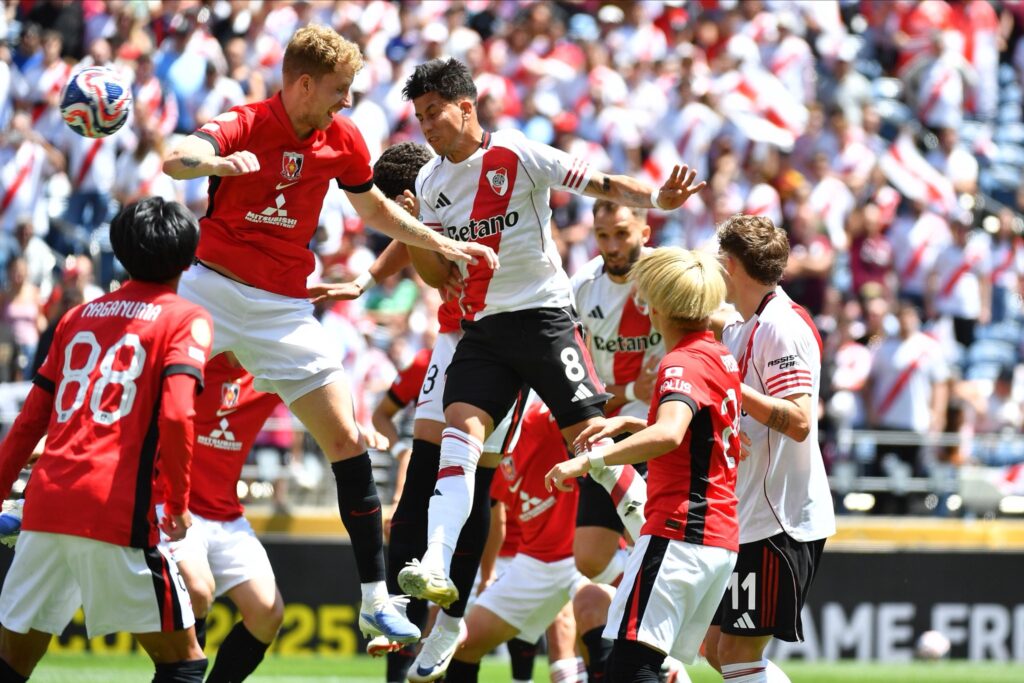
Boca Juniors was even more disappointing. They fail to record any win despite picking up a point against Benfica. They also needed an own goal for their only goal in a 1-1 draw with group minor, Auckland City FC.
It was a tournament to forget for the duo, who failed to well represent their country. Their poor performance is also evident on the statistics. Both rank in the bottom half for average rating.
Although River Plate’s defensive record is still fair with an average of a goal conceded per game, Boca Juniors’s average of 1.7 per game places them 19th best, 13 away from the worst.
And in Number Three, African Teams
That was one to forget for the quartet of Al Ahly, Mamelodi Sundowns, Wydad Casablanca and Esperance.
Al Ahly, the biggest in the planet, literally the biggest letdown as well in America. In a group where Inter Miami progressed, there is not excuse, no justification, and no reason for the 12 time African champions not to.
They had their chances. Penalty missed in the curtain raiser against Inter Miami, a match that eventually finished goalless. Lost 2-0 to Palmeiras despite their dominance and bottled a two goal lead against Porto in their final game. It was shambles.
Esperance had too much to tackle in their group with Chelsea and Flamengo breathing down their neck, but they did manage to carve out an impressive result, by beating Los Angeles FC for their deserved three points.
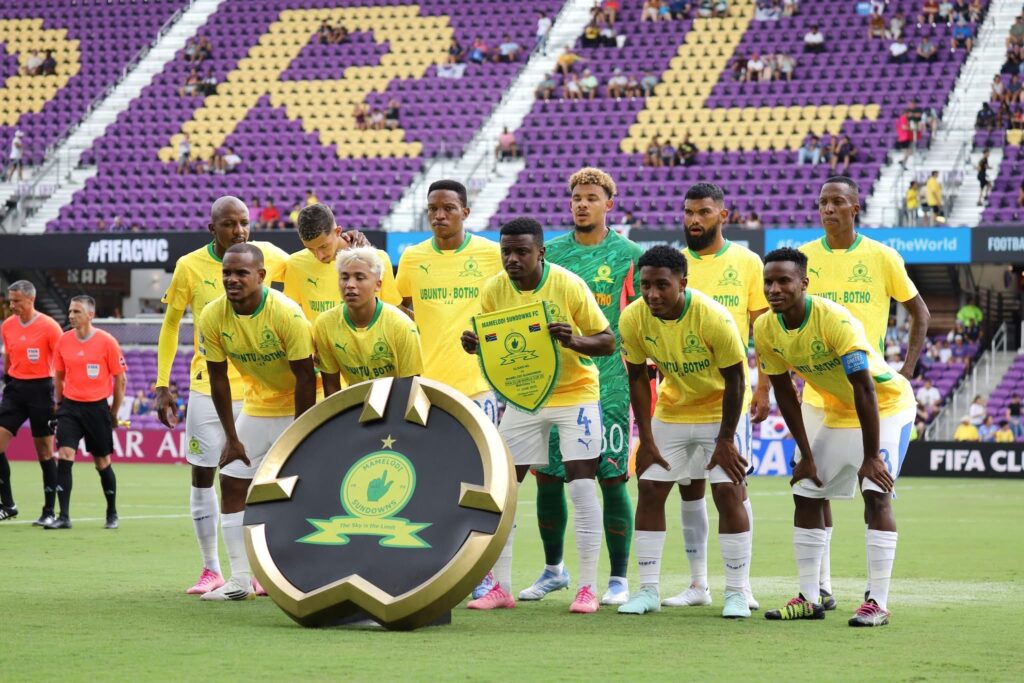
Mamelodi Sundowns, perhaps the brightest African on display. Picked up four points with a win against Ulsan HD and a draw against Fluminense, only to have their qualification by Dortmund’s failure to beat the Brazilian club.
Wydad Casablanca was the least impressive of the lot. The only African club without a point over the course of the tournament. The Tunisian club let everyone down, especially after a 2-1 loss to Al-Ain in their final group game.
FIFA Club World Cup 2025 | The Intermediaries | CONCACAAF Clubs
Mexico and the United States are the only nations with representation. Pachuca and Monterey were the flag bearers for Mexico, while Inter Miami, Los Angeles FC and Seattle Sounders represented the US.
Monterey and Inter Miami did well to reach the round of 16 as runner ups in their respective groups, LAFC registered one point while the other two of Pachuca and Seattle Sounders had zero points.
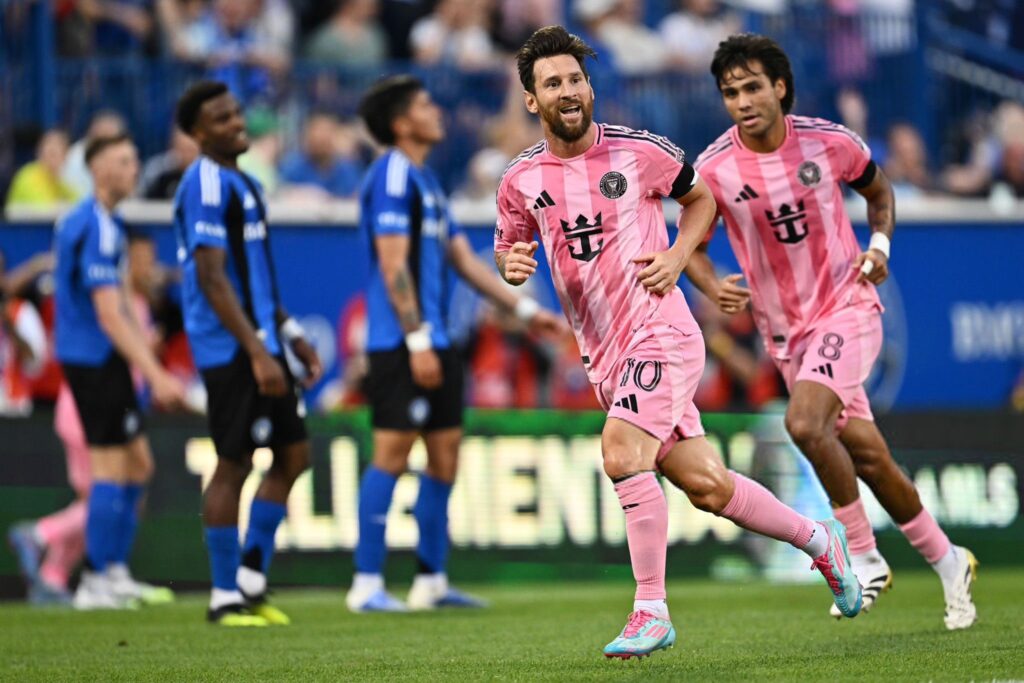
For a continent not so popular for their football, their performances justified their standards, although they would look at Africans and the Argentines and take positives from their own outing.
What was your highlight of the FIFA Club World Cup 2025? Let us know your thoughts in the comment section below.
Kehinde-Hassan Afolabi


2 Comments
I was a little disappointed by the Brazilian teams as they weren’t any matches that showcased any Brazilian flair or skill. Rather than skill and trickery. I saw more of rigid tactics and discipline, which, don’t get me wrong is effective but not entertaining. Some people blame the influence of Europe as to why Brazilian players and the national team aren’t as good as before, but it seems even the local leagues aren’t allowing their home grown talents to showcase their skills (not on the world stage at least). Memphis Depay who went to a Brazilian team has shown more flair and skill than the actual Brazilians in the league. As a whole, south American football seems to have changed from exciting skills and audacity to just rough play and aggressive tackling
OLT GOD we continue be your strength
From WhatsApp